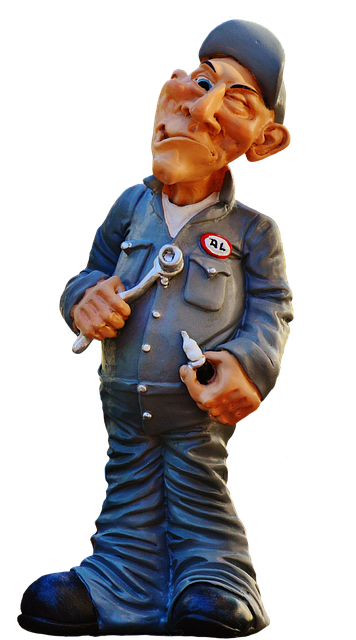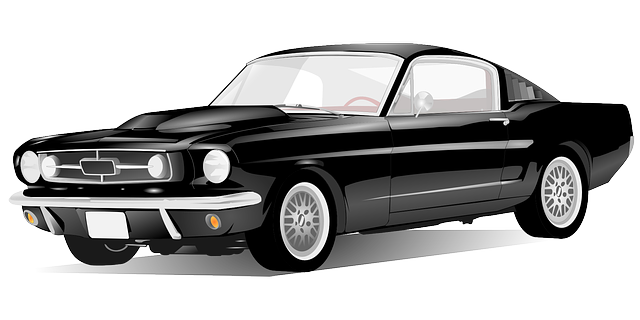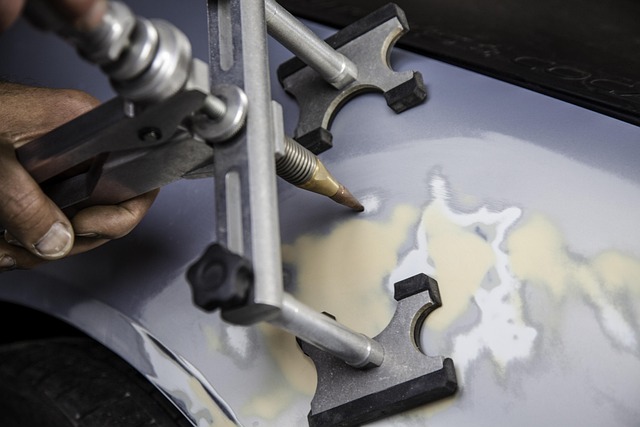Real Stories: Motivations Behind Salvage Auto Body Parts Purchases
Salvage auto body parts are gaining popularity due to their cost-effectiveness and environmental ben…….
In the ever-evolving automotive industry, the concept of salvaging and repurposing vehicle components has emerged as a sustainable and economically viable solution. “Salvage auto body parts” refers to the practice of recovering and recycling usable parts from damaged or destroyed vehicles, extending their lifespan and reducing waste. This article aims to delve into the intricate world of salvage auto body parts, exploring its definition, global impact, economic significance, technological innovations, regulatory frameworks, and future prospects. By the end, readers will gain a comprehensive understanding of this vital practice within the automotive sector.
Salvage auto body parts encompass a wide range of reusable components taken from vehicles that have suffered damage, been in accidents, or reached the end of their operational lives. These parts include but are not limited to:
Historically, the concept of salvaging automotive parts dates back to the early 20th century when vehicle repairs were more intricate and costly. As technology advanced, so did the potential for efficient part recovery, making salvage a viable option for both cost savings and environmental sustainability. Today, with growing concerns about waste management and resource conservation, salvage auto body parts has become an integral part of the automotive supply chain.
The global market for salvage auto body parts is witnessing significant growth, driven by several factors:
Regional Trends:
The economic implications of salvage auto body parts are multifaceted:
Technological breakthroughs have significantly enhanced the salvage auto body parts industry:
The salvage auto body parts industry is subject to various policies and regulations that ensure its sustainability and safety:
Despite its numerous benefits, the salvage auto body parts industry faces several challenges:
Proposed Solutions:
Japan has long been recognized for its efficient and innovative approach to automotive recycling. The country’s rigorous emission standards and strict waste management policies have fostered a robust salvage industry. Japanese companies like Kintetsu have developed advanced sorting systems, employing AI and computer vision to recover rare metals and high-quality components from end-of-life vehicles. This has not only reduced the environmental impact of vehicle disposal but also contributed to Japan’s position as a global leader in sustainable automotive practices.
In the United States, the salvage industry has experienced significant growth due to its vast automotive market and supportive policies. Companies like Copart, one of the largest online vehicle auction platforms, have revolutionized the way salvage parts are bought and sold. Copart’s digital marketplace connects buyers and sellers globally, providing transparency in pricing and part quality. This case study demonstrates how technology and a well-established legal framework can drive success in the salvage auto body parts sector.
The future of salvage auto body parts looks promising, with several emerging trends shaping its trajectory:
Salvage auto body parts plays a pivotal role in the automotive industry’s transition towards sustainability and circular economy principles. By recovering and repurposing vehicle components, this practice reduces waste, conserves resources, and minimizes environmental impact. As global awareness of these issues continues to grow, the demand for salvage parts is expected to increase, driving innovation and shaping the future of the automotive supply chain.
Q: Are salvaged auto body parts safe to use?
A: Salvaged parts that have undergone proper inspection and testing are generally safe to use. Reputable salvage facilities adhere to safety standards, ensuring high-quality components. However, it’s crucial to purchase from trusted sources and have parts verified by experts when necessary.
Q: How can I find affordable salvaged parts for my car repair?
A: Online marketplaces like Partscover and SalvageYard offer a wide range of salvage parts at competitive prices. You can also visit local recycling facilities or salvage yards, where you may find specialists who cater to specific vehicle makes and models.
Q: Can I sell my damaged vehicle to a salvage yard?
A: Absolutely! Many salvage yards accept damaged vehicles for scrapping and recycling. They will assess the vehicle’s condition and offer a fair price based on the value of recoverable parts and metals.
Q: What are the environmental benefits of salvaging auto body parts?
A: Salvage reduces landfill waste, conserves natural resources, and minimizes energy consumption associated with manufacturing new parts. It also helps lower greenhouse gas emissions by preventing the release of toxic substances from vehicle disposal.

Salvage auto body parts are gaining popularity due to their cost-effectiveness and environmental ben…….

Salvage auto body parts offer a sustainable and affordable repair option but must meet strict safety…….

Salvage auto body parts are a sustainable and cost-effective solution for automotive recycling, offe…….

Salvage auto body parts offer a sustainable, cost-effective solution for automotive repairs, with ca…….

Salvaged auto body parts offer a cost-effective and environmentally friendly solution for repairing…….

Using salvage auto body parts offers substantial economic and environmental benefits. These pre-owne…….

Salvage auto body parts from damaged or wrecked vehicles offer significant cost savings without sacr…….